The landscape of music is nearly unrecognizable compared to what it was many years ago. A majority of this shift stems from simply the way music is consumed. Physical manifestations of music, whether it be CDs, cassette tapes, or vinyl records are increasingly less common, and a majority of music is being listened to through one or a multiple of the litany of music streaming services. There have been many changes brought upon with the rise in music streaming. For example, a majority of an artist’s money no longer comes from the sales of their music, which causes many artists to have to rely more and more on concert tickets, concert t-shirts, or band t-shirts. But there is one underrated, yet a significant social aspect that music streaming has almost completely changed. In the age of music streaming, the idea of a “favorite band” has become wildly endangered.
Music streaming services have opened up a platform for many new artists. In the past, a majority of musicians struggled to reach an audience because of the lack of avenues that had been made available to them. At one point, if a band couldn’t get a single to be played on a huge radio station, their chances of success were significantly limited. Services such as Spotify, Apple Music, or Bandcamp have, in a few short years, completely revolutionized this. Today, anyone can upload their music, and it will be accessible to almost the entire planet. The level of reach that small, independent bands across the globe now have couldn’t have been dreamed of by garage bands in the 80s and 90s. These popular platforms are beneficial to the creation and sustainability of a vast, diverse array of music, available at the push of a button. But is there a point where this becomes too excessive?
There is more music available to the public than ever before. Both Spotify and Apple Music have playlists (Spotify’s Daily Mix and Apple Music’s New Music Mix) that are designed to curate a new collection of songs every week, specifically tailored to the individual’s music taste based off of their listening habits. Through these playlists, thousands of new artists emerge. A small emo band from Idaho can quickly become a South California resident’s latest obsession. While this level of exposure to new music can be exciting, it often becomes too much. With new music coming every week, the music that a person listens to and even enjoys can be forgotten with the next new obsession discovered through the latest playlist.
Gone are the days of purchasing a CD and listening on repeat, learning every word, every downstroke on the guitar, or every crash of a cymbal. Finding a band that could be deemed as a person’s favorite was extremely special. For many people, this favorite band remained. Whether it was the Rolling Stones, Minor Threat, or Slayer, a favorite band often would transform quickly from the pure enjoyment of music into a full-fledged, personality-defining obsession. It spawned new cliques: Metalheads, Hippies, or Punks. These favorite bands gave people comfort, an easy way to express a significant part of themselves and find others with the same interest. Countless hours were spent pouring over CD and record album covers or lyric sheets, reading the fine print to see who the band thanked, who mixed or mastered which songs, who was genuinely writing the lyrics for each song. In an age where music moves like wildfire, the time needed to fully dedicate oneself to a singular artist just doesn’t exist.
This is why we often see a steady stable of bands remaining popular with each generation that comes and goes. While music today moves quickly, bands like Metallica or Queen or Led Zeppelin are still as popular as they were in their respective heydays. Bands of this magnitude have cemented their legacy outside of the rapid-fire cycle that has accompanied music streaming. People cannot simply move on from these bands, as their ability to withstand the test of time provides a sense of stability that few if any, modern artists can match. This stability can be measured by the sheer amount of Metallica t-shirts and Rolling Stones t-shirts that are seen across populations of young people year after year.
Music streaming is a powerful tool, but it has drastically shifted the way people view and behave toward music. Without the social tool of a favorite band, the once rigid lines of music have become a lot more blurry. More than ever, people have grown to consume a more diverse array of music. But regardless of this shift, there will always be bands that people can connect with and claim for themselves as a favorite. These days, music moves pretty fast, if you don’t stop and pick a favorite band, you might miss it.


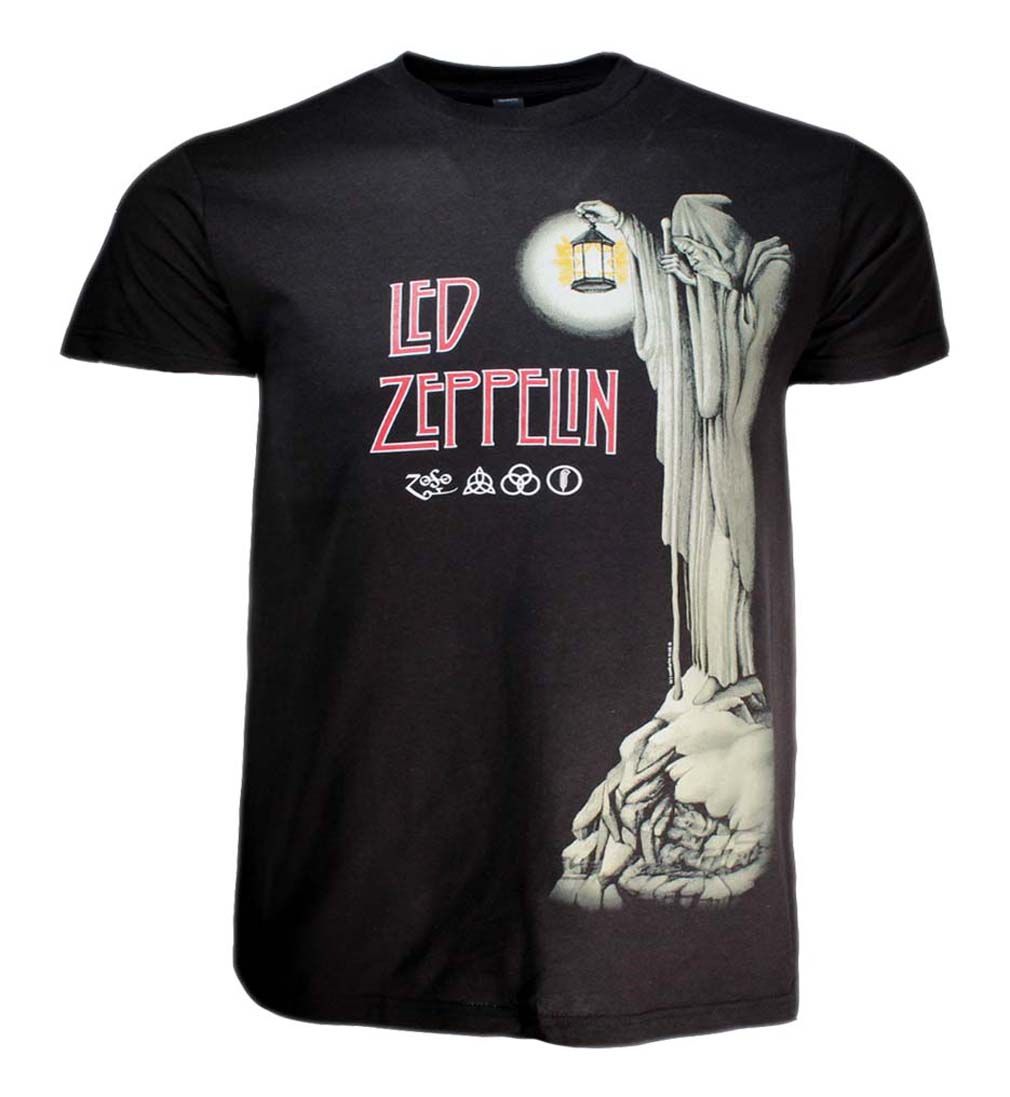

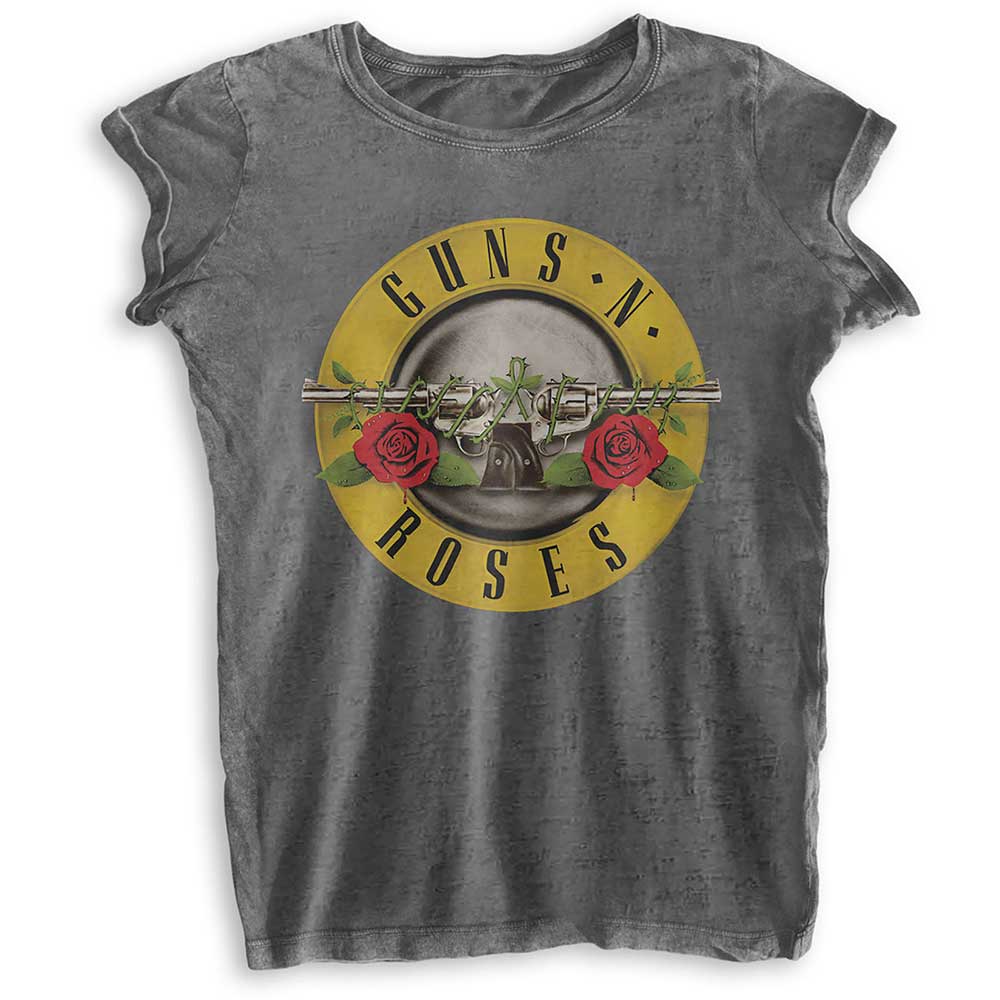









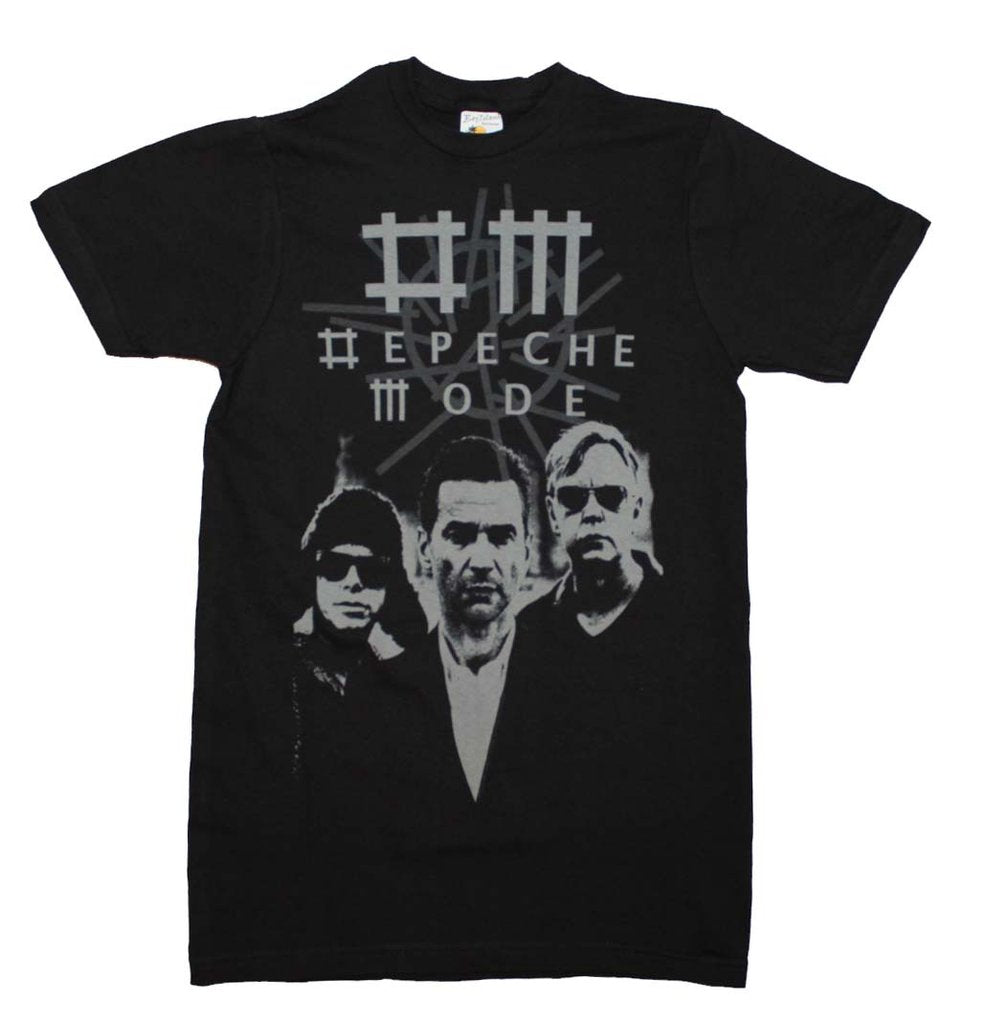



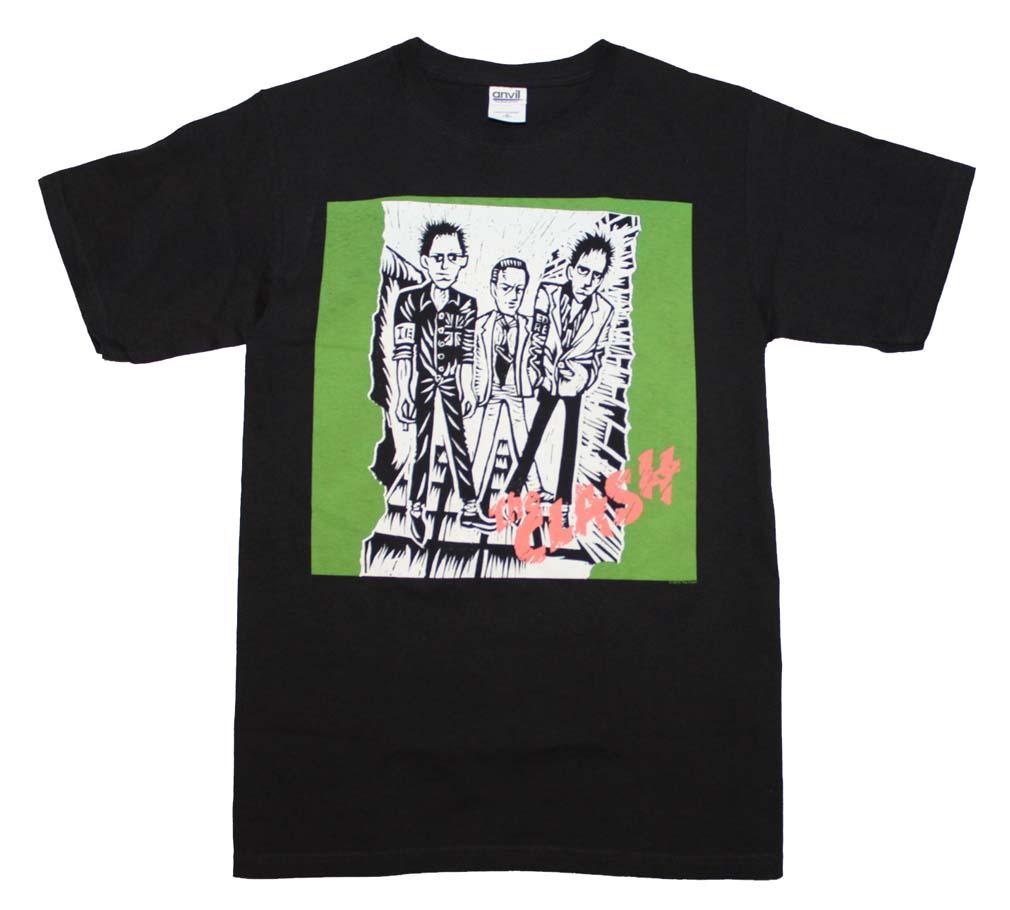




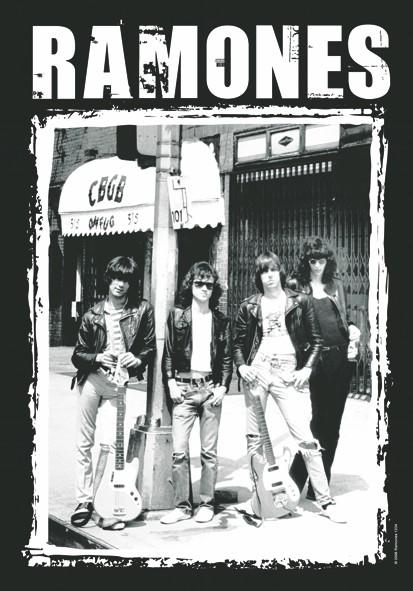


Comments
0 comments